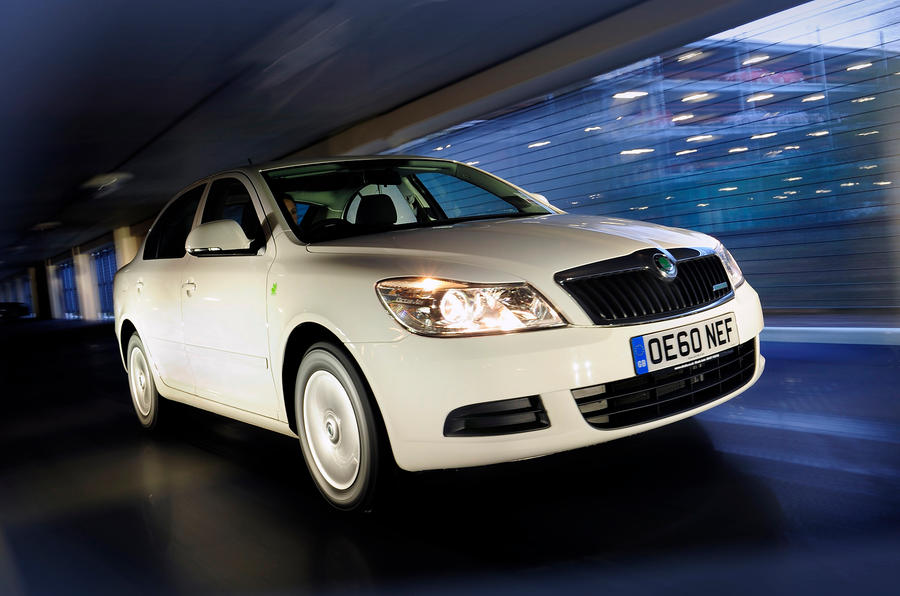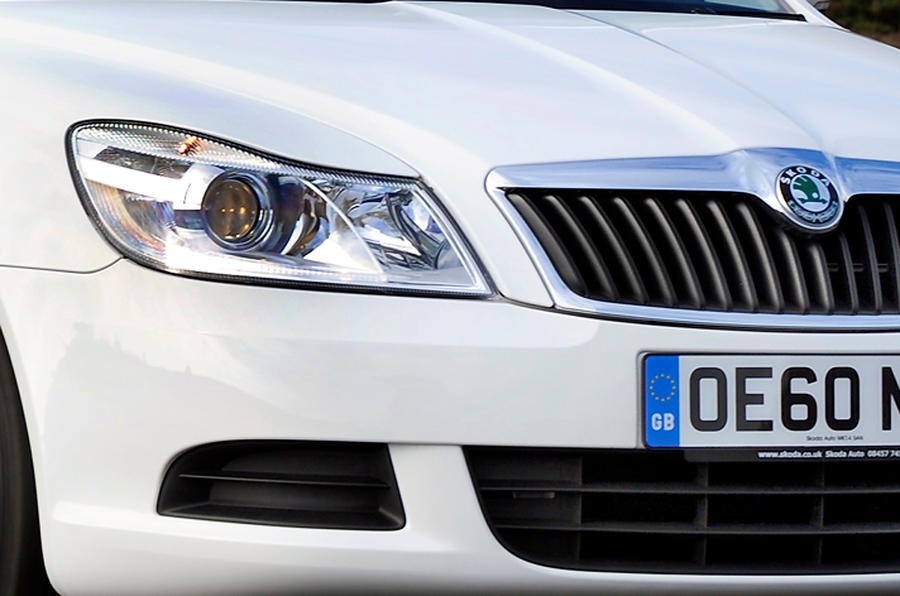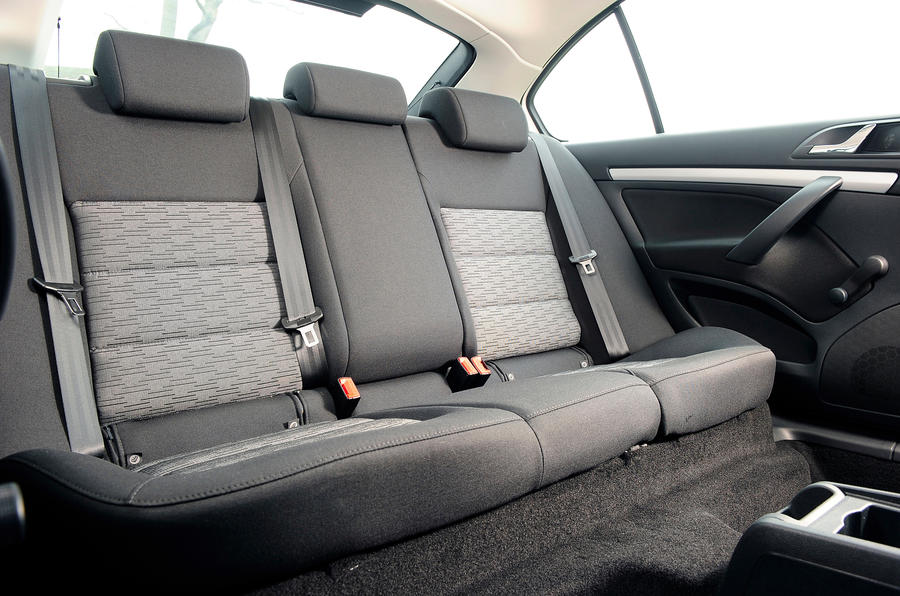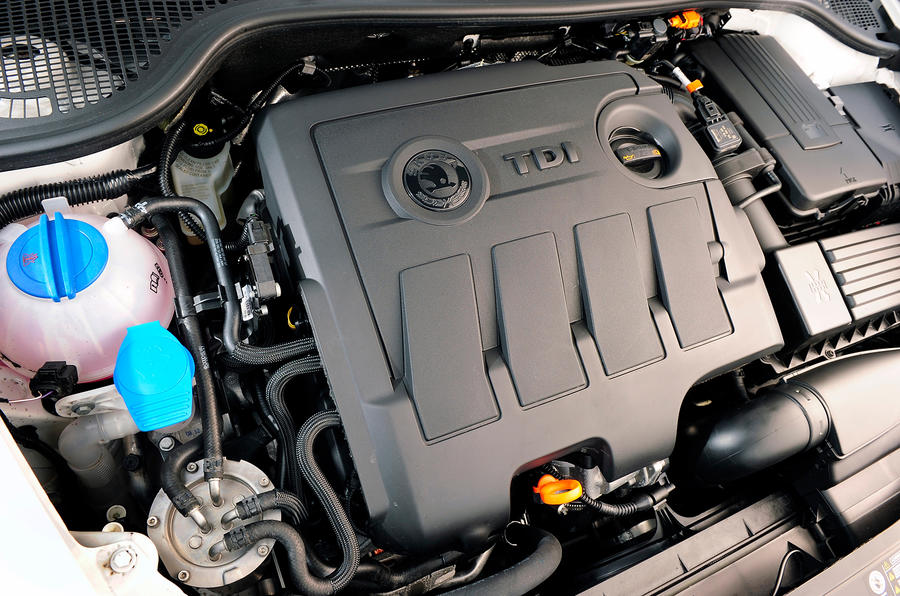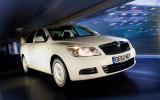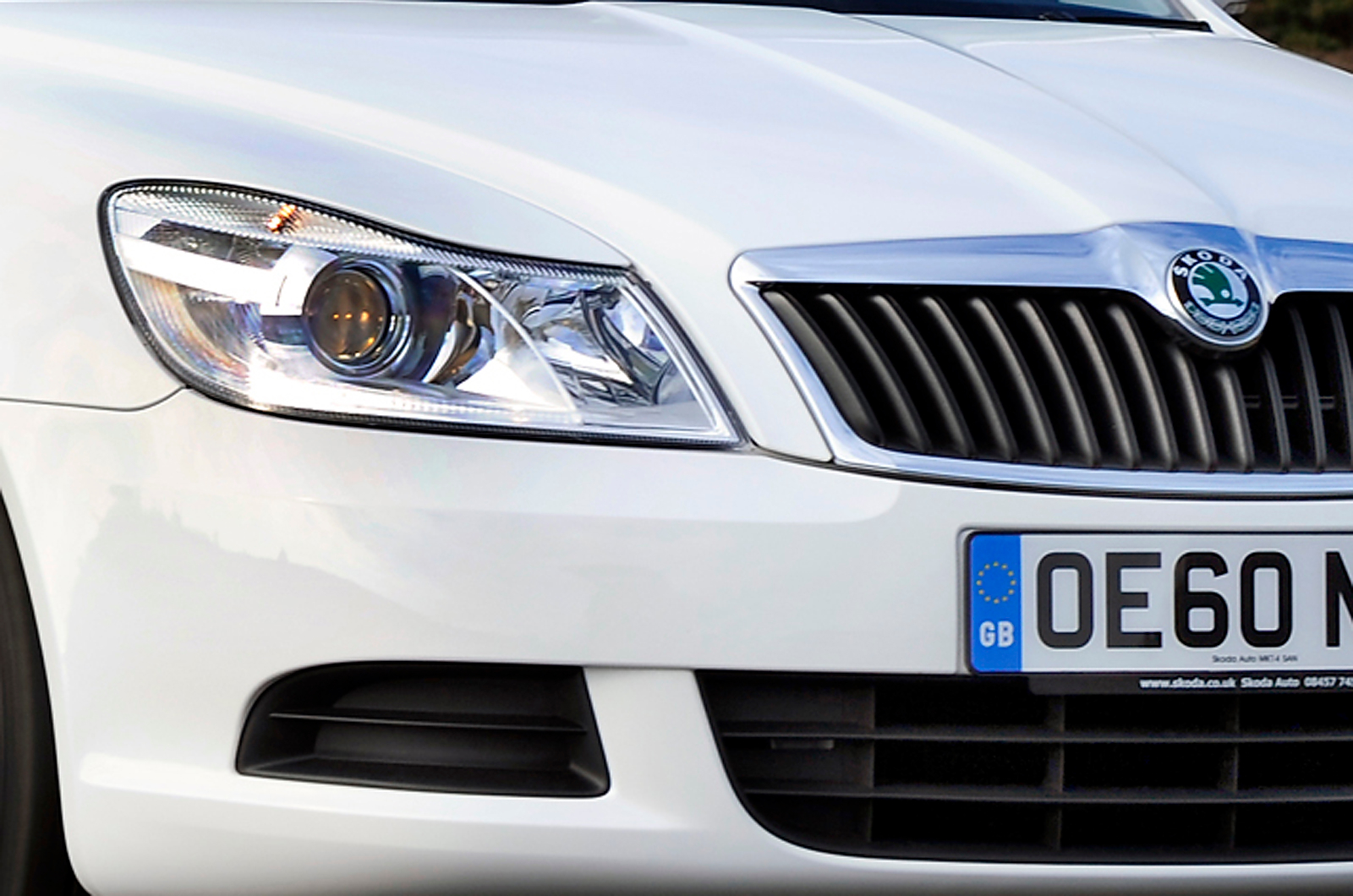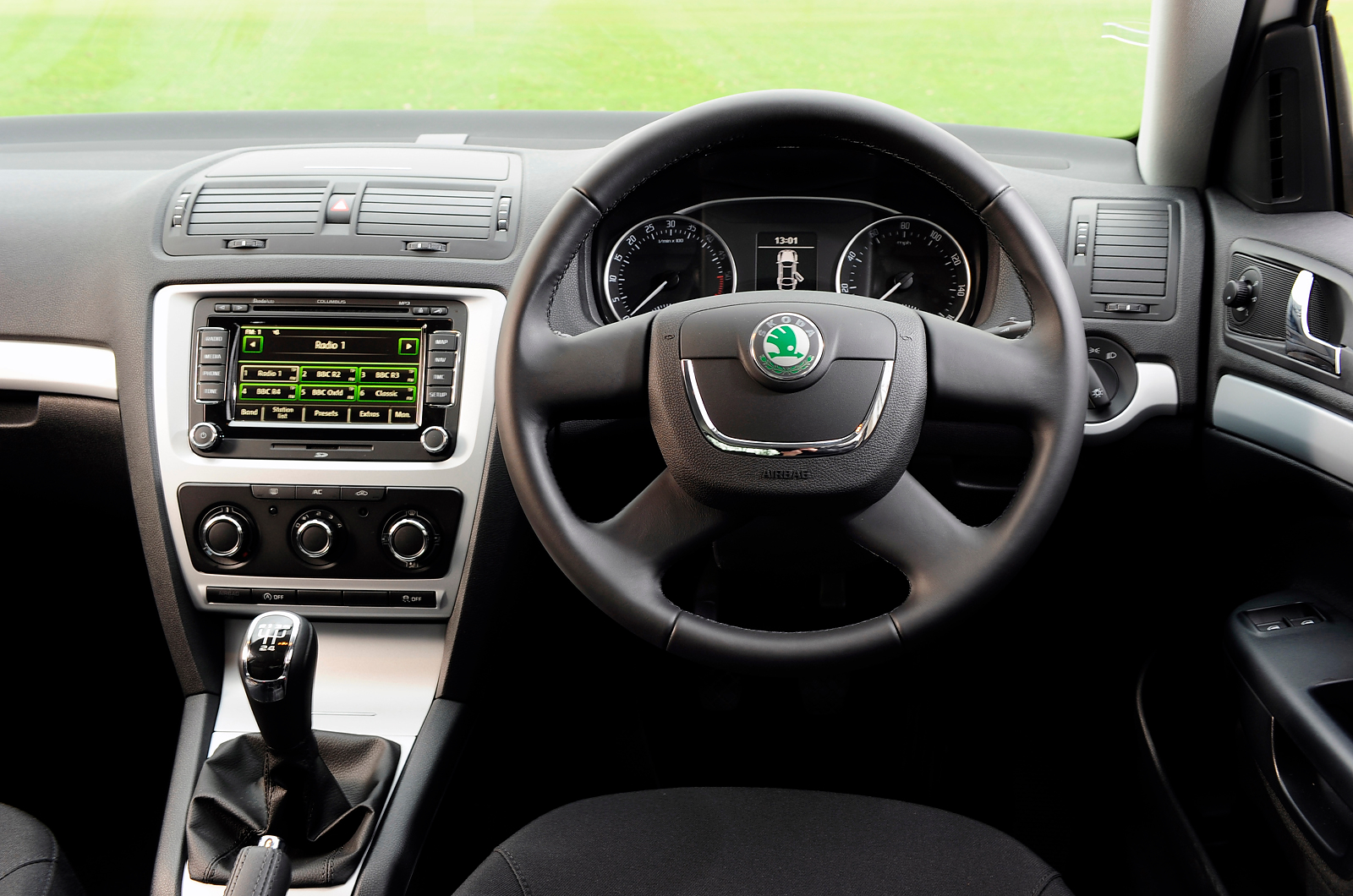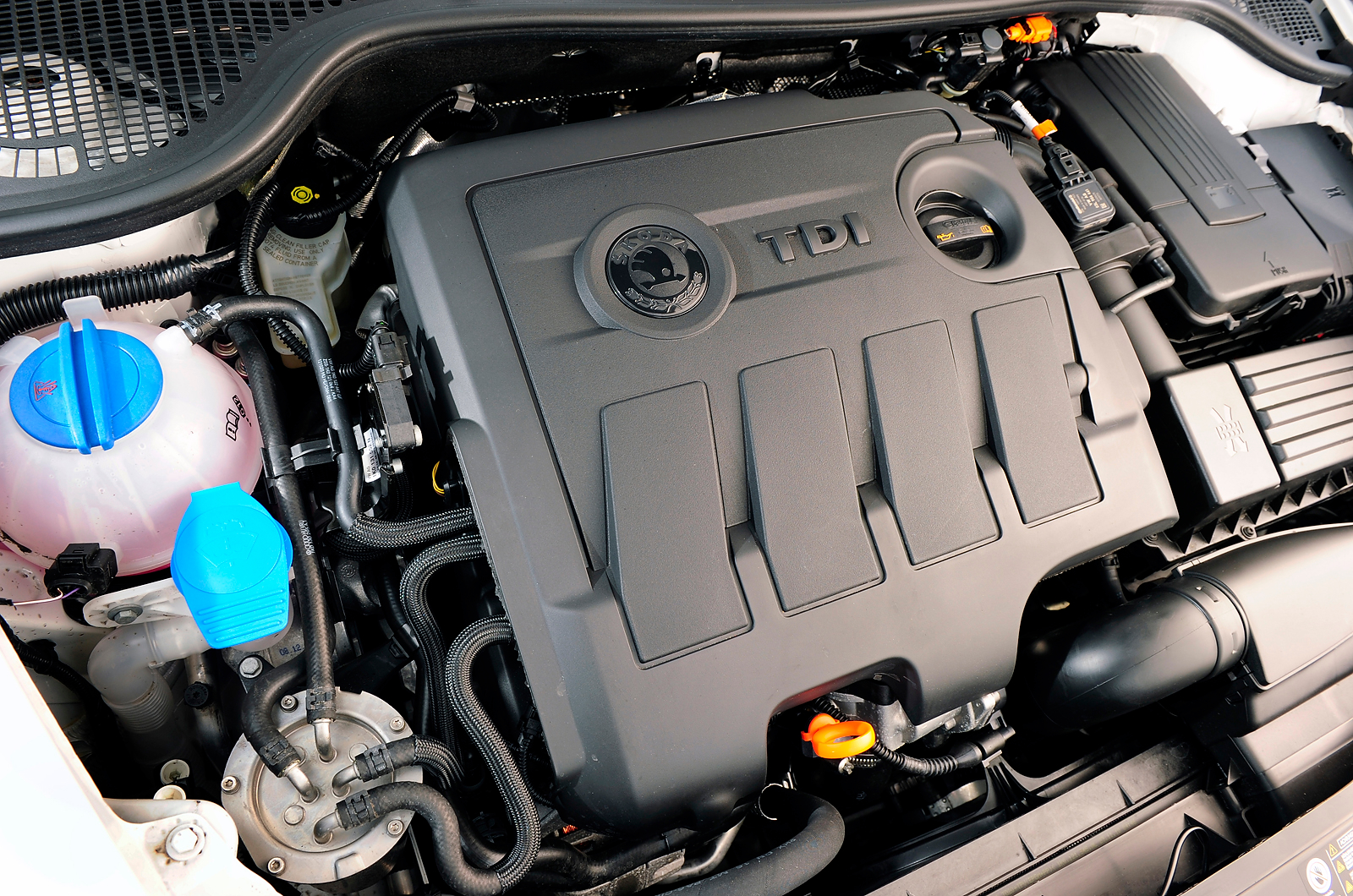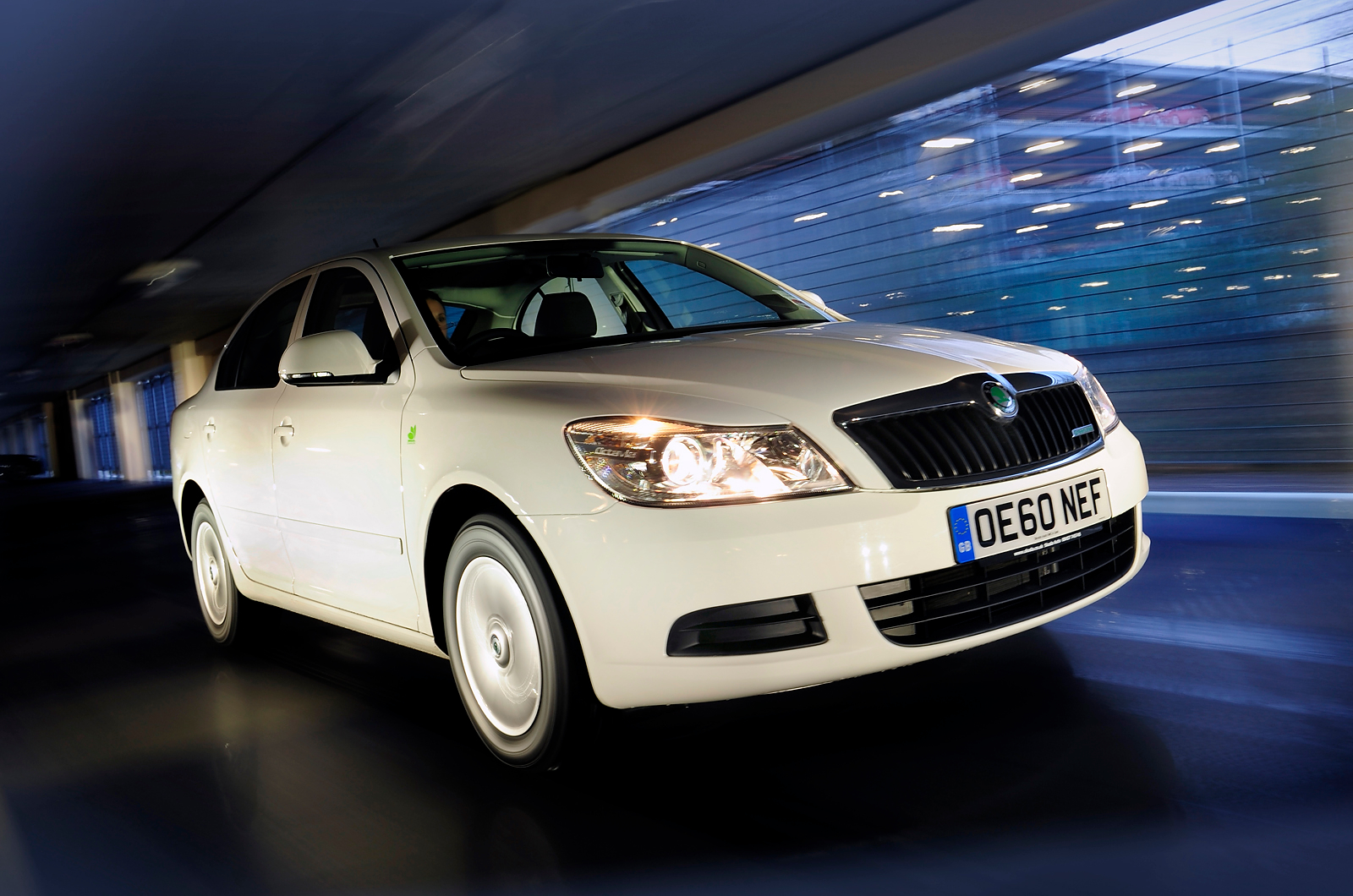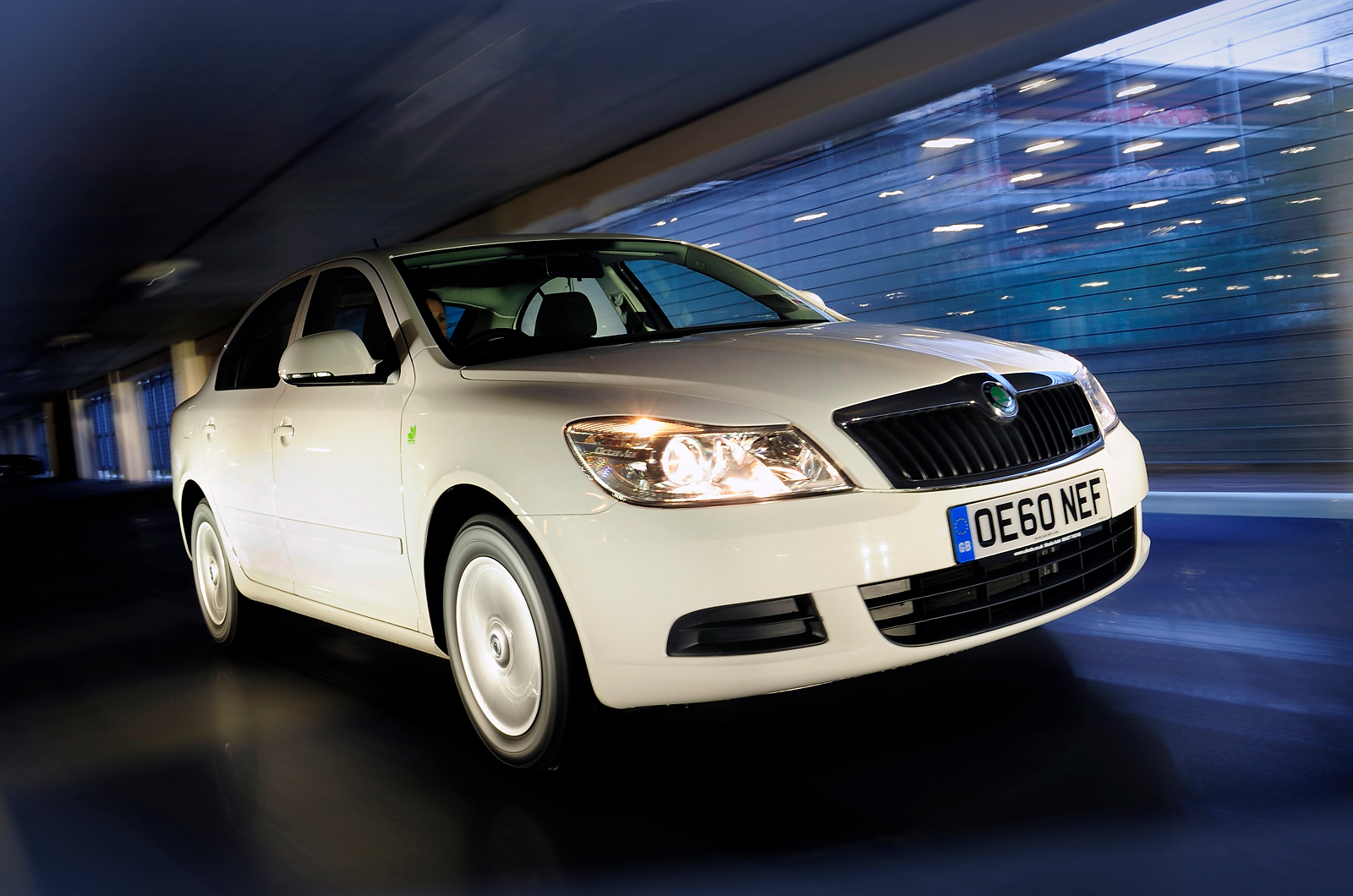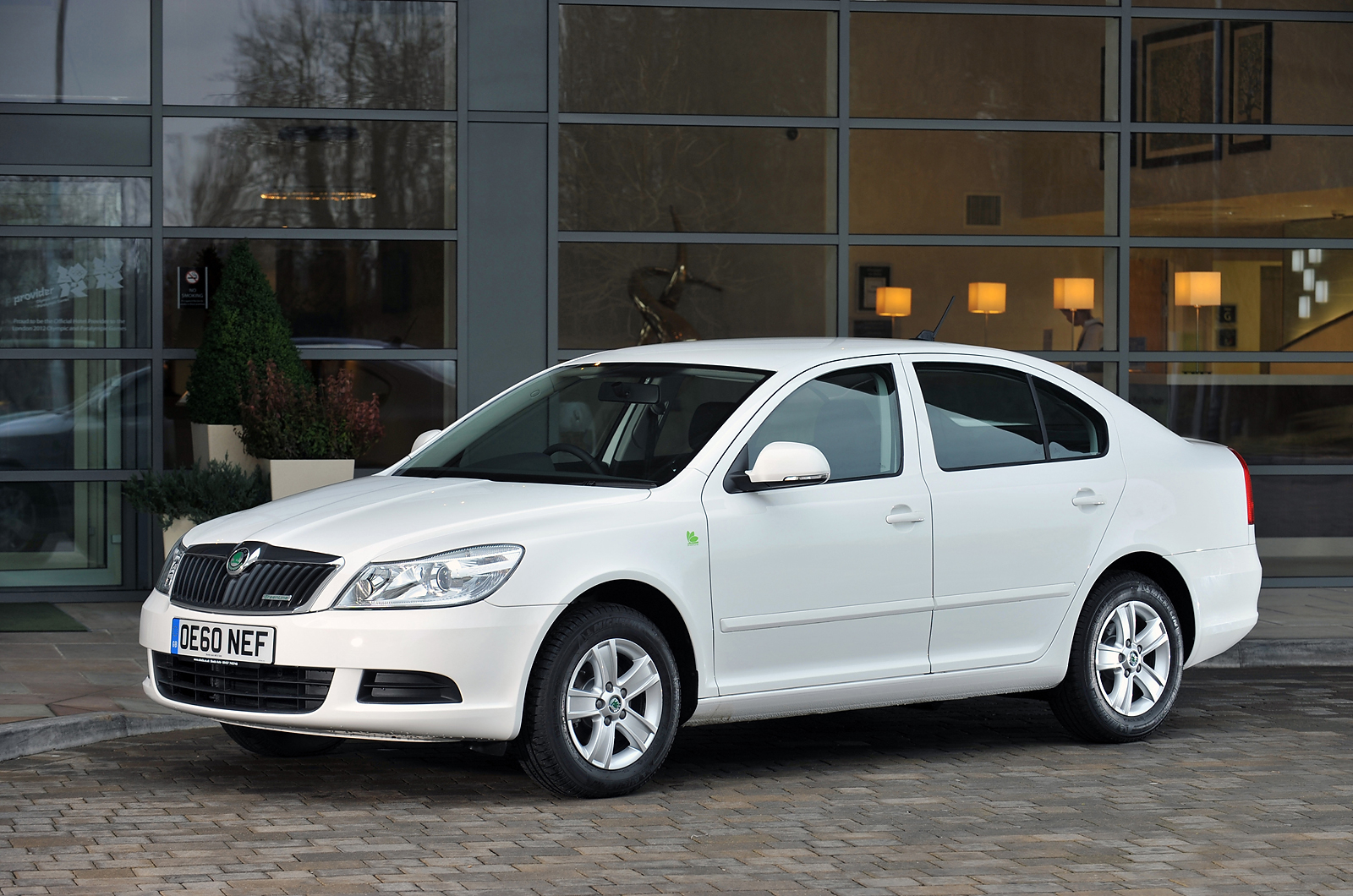Launched in 1996, the Skoda Octavia was the car that finally persuaded buyers to take Skoda seriously in the Western world.
Based on the Volkswagen Golf, it was conservative, capacious, capable and a big success. More than one million were built over the next six years, as the Octavia became the mainstay of the Skoda range.
The ethos behind the Octavia is one of the rocks upon which Skoda’s recent success has been founded. It offers the engineering quality and assembly precision of a car from parent company VW but at a significantly lower price.
So with its combination of high quality, plentiful space and low price, the first-generation Octavia won over plenty of canny buyers, ironically many of them in Germany, who could see a good deal when it was offered and weren’t going to be put off by the lack of a damped grab-handle for the front passenger.
But the old Octavia’s weakest point was arguably the dynamically insipid Golf Mk4 it was based on. The latest Octavia, however, is based on the hugely improved Golf Mk5, and is all the better for it.
The Octavia also has a bargain performance model in its ranks: the vRS. The original Octavia vRS’s mix of practicality, sub-7.0sec 0-60mph performance and a £15,100 price was enough to earn it a full five stars when we tested it in 2001.
This time, however, the second-generation iteration of the hot Skoda faces a fresh field of talented opposition, with both VW and Ford now offering five-door high-performance hatches that possess similar practicality and performance.


